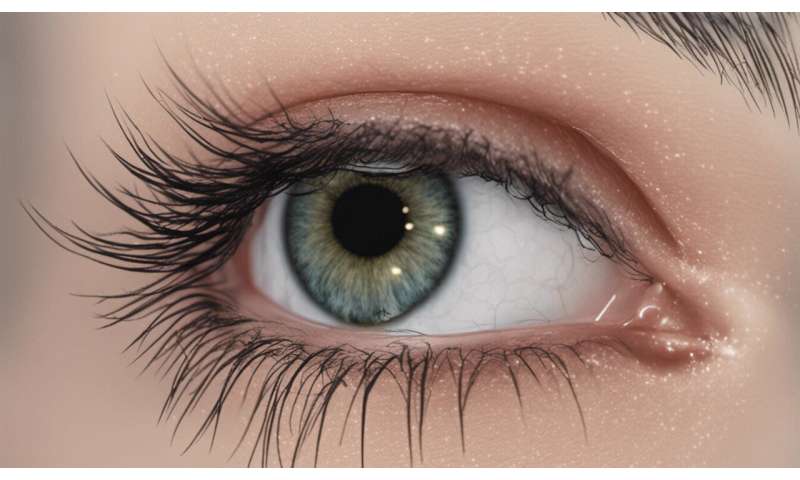
Vaping has been getting something of a bad name of late. Countries worldwide are considering restrictions and bans. But, as a way to help smokers quit, e-cigarettes are an important tool that we shouldn’t dismiss.
In the US, the Centers for Disease Control and Prevention (CDC) recently reported over a thousand cases of a vaping-related lung disease called EVALI, and 34 deaths. This is catastrophic for the families involved, but must be compared with the 8m smokers who die every year as a result of smoking tobacco. Any potential harms of using e-cigarettes must always be considered in comparison to the many known harms of continuing to smoke tobacco.
The CDC report stated that 86% of the people who became ill from vaping had used THC (cannabis) products in the previous three months. THC is illegal in most countries, which may be why EVALI outbreaks are not being reported elsewhere.
The latest news from the CDC reveals that vitamin E acetate (found in THC oil) may be to blame for vaping-related illness. Although vitamin E acetate seems to be the most likely culprit behind EVALI, health officials are still saying it’s too soon to rule out other possible causes.
Smoking still kills
Smokers are likely to die ten years earlier than non-smokers. Quitting at a young age gives people the best chance of living a normal life, but quitting at any age has great benefits. Smokers who quit will notice improved breathing, a better sense of taste and smell, and being financially better off.
One way to quit is e-cigarettes. Most smokers want to quit, but they also enjoy smoking. E-cigarettes offer a similar sensory experience to smoking regular cigarettes and flavours are an important part of that experience.
E-cigarettes are unlikely to be completely safe, but exposure to harmful toxins from vaping is similar to exposure to toxins and carcinogens from nicotine replacement therapy, a licensed drug to help people stop smoking that is available on prescription and over-the-counter.
By using an e-liquid containing nicotine, addiction to nicotine will also continue, but a review from Public Health England suggests that vaping is much safer than smoking tobacco. The best thing that smokers can do to improve their health is to stop smoking completely. Using an e-cigarette really can help people to do this.
Other countries have regulated vaping products for smokers wanting to quit. In these countries, there have not been the same reports of lung disease or death. As e-cigarettes have been widely used in many countries for over a decade, if adverse effects were related to the long-term use of regulated e-cigarettes we would also be seeing these outcomes in other countries by now, just as we did when we realised the population-level link between tobacco smoking and lung cancer. We are not seeing this pattern of harm emerging.
Vaping for smoking cessation
It is important to pay attention to research evidence about the effectiveness of e-cigarettes for smoking cessation and avoid a moral panic. A ban may have the unintended consequence of discouraging smokers from trying vaping to help them stop smoking, or may result in ex-smokers stopping vaping and returning to smoking tobacco.
Experience tells us that prohibition is not the answer. Banning products and flavours fuels the illicit economy, leaving more people vulnerable to the ill effects of adulterated, unregulated products. Instead, we need to take a measured view, assessing the benefits of regulated e-cigarettes for helping people stop smoking.
Recent observational evidence suggests that in the UK alone around 50,000 smokers who take up e-cigarettes quit smoking every year. It is also clear from the data that, since the use of e-cigarettes took off, the prevalence of tobacco smoking in the UK has declined.
What’s in them?
E-cigarette liquid contains propylene glycol, glycerin, nicotine and flavourings. Around 42 chemicals have been found in different e-liquids. But a Canadian study found that a sample of e-liquids purchased contained an average of only six chemicals. The study also found that 70% of products contained chemicals that may present some risk, including some carcinogenic nitrosamines.
E-cigarettes are unlikely to be risk free, but we need more research to find out if the chemicals in e-liquid are of sufficient level to be a significant health risk. It is clear that the risks are much lower than continuing to smoke tobacco. Tobacco smoke contains around 7,000 chemicals, at least 70 of which are directly and conclusively linked to developing cancer.
Although a precautionary approach might suggest that we should ban e-cigarettes as we don’t know the long-term effects of inhaling the chemicals in flavours, this would be a travesty for public health. It would be effectively denying hundreds of thousands of smokers the opportunity to successfully stop smoking, as robust evidence has demonstrated that e-cigarettes are more effective for smoking cessation than nicotine replacement therapy.
Source: Read Full Article
